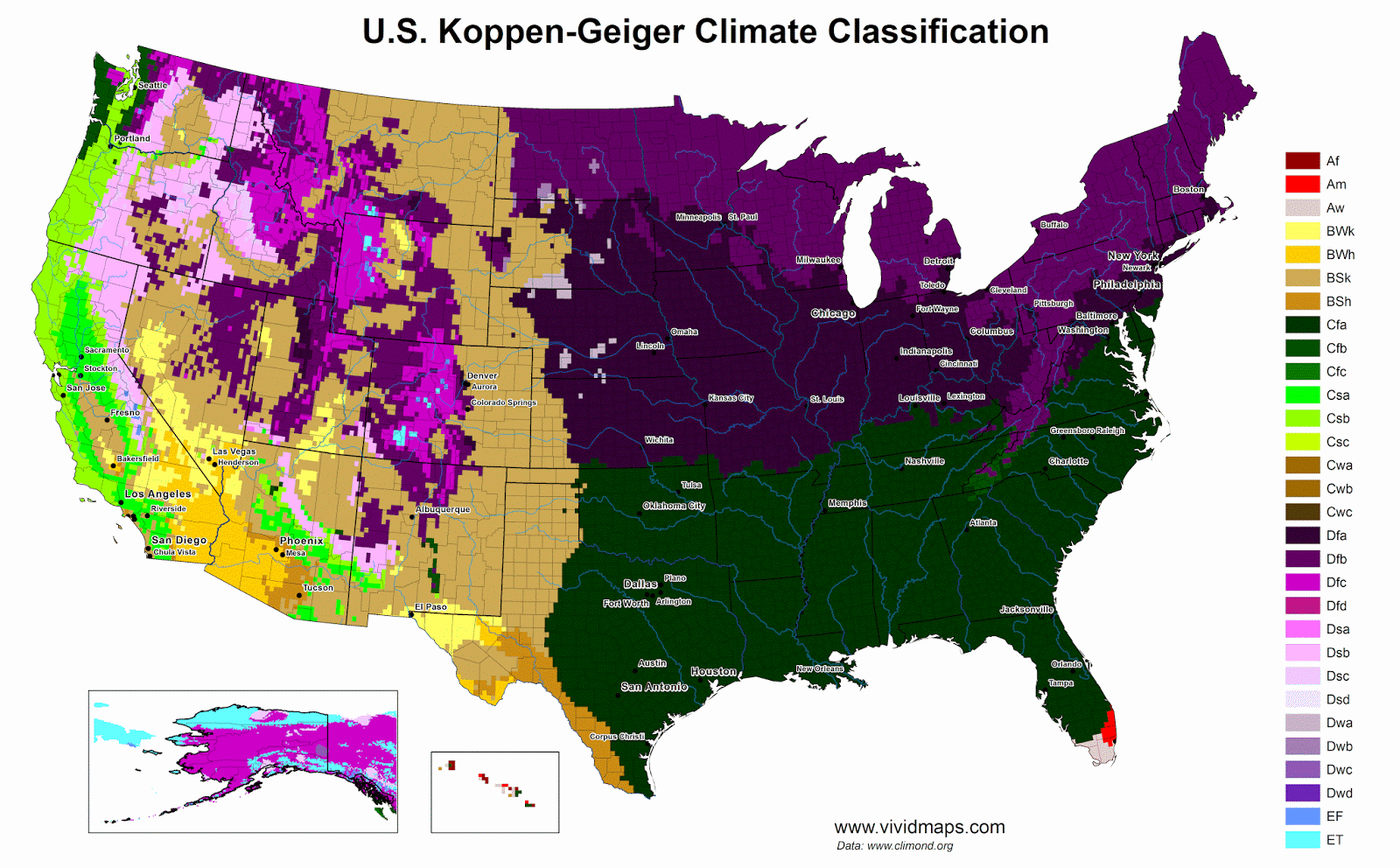North America coastline at the last Ice Age
During the last Ice Age the coast of North America looked significantly different from what it does today. The advance of massive ice sheets, primarily the Laurentide Ice Sheet, had a profound impact on the geography and appearance of the coastline.

During the Ice Age, sea levels were much lower than they are today. This was due to the large volume of water that was locked up in ice sheets and glaciers, causing the ocean levels to drop. As a result, the exposed continental shelf extended much farther offshore than it does now, with some areas as much as hundreds of kilometers away from the current coastline.
In terms of specific features, there were several significant changes. For instance, the Bering Land Bridge, also known as Beringia, connected the eastern tip of Siberia to western Alaska. This land bridge allowed humans and various animal species to migrate between Asia and North America.
In the eastern part of North America, the Laurentide Ice Sheet covered much of what is now Canada and parts of the northern United States. This massive ice sheet extended over the region and had a flattening effect on the landscape. Glacial lobes, ice streams, and meltwater channels carved out fjords, lakes, and other distinctive features along the coastline.
The western coast of North America was also impacted by the Ice Age, although not as extensively as the eastern coast. Glaciers in the coastal mountains of Alaska and British Columbia formed fjords and carved deep valleys. In some areas, glaciers advanced far enough to reach the current coastline, shaping the rugged terrain we see today.
It’s important to note that the specific details of the Ice Age coastline varied over time as the ice sheets advanced and retreated in response to climate fluctuations. The coastline continued to change as the ice melted and sea levels gradually rose, eventually shaping the familiar coastlines we observe today.









Florida is missing? Wrong! Florida had DUPLICATED her size.
And wher is the ice?
Wher is the ice? In the ice bucket? The freezer door? The roads in winter? Upon the rivers, lakes and ponds in January?
Dum question.
I think this map is mislabeled. Florida wasn’t underwater during the last ice age. But if you lived there back then, you would have been able to see icebergs floating by!